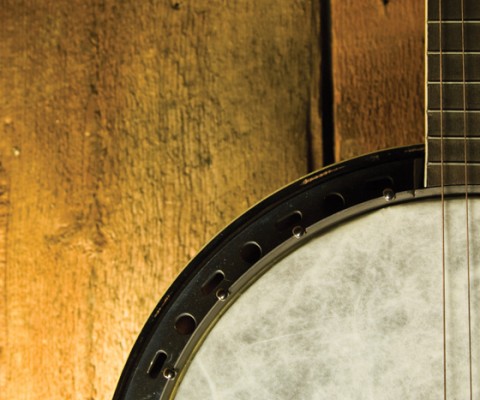New harmonies: Music and identity at four congregations

How many kinds of music are there? Most teenagers could come up with four or five. An aficionado might list dozens. But ask a church worship committee and you may hear that there are only two types, traditional and contemporary. Those terms don't tell you much. Which tradition, at what time? Contemporary to whom and where?
Decades after the first time an organ console was unplugged to make way for a guitar amp, the worship wars rage on. Nine years after Tom Long, in Beyond the Worship Wars, prescribed excellence across a range of musical styles, worship planners still find themselves talking about the relative merits of exactly two. There's either the densely theological hymn by Wesley or Luther (gobs of words sung over gobs of chords) or the vapid pop-rock song by some cool young person (maybe five words over three chords).
It's a stark difference, and it doesn't offer battleground churches a great set of options. A worship service should be cohesive, aesthetically pleasing and broadly inclusive. Worship that juxtaposes hymns with praise choruses is often a jarring, bipolar experience. And congregations that segregate by musical taste, creating separate services according to style, end up reducing diversity to an abstraction, reflected only on the membership roll.




